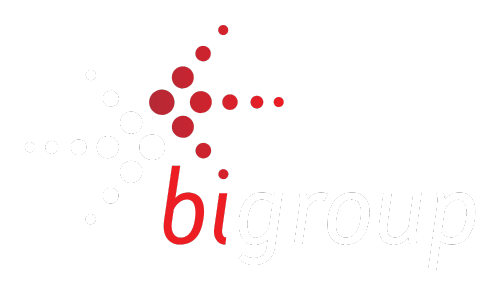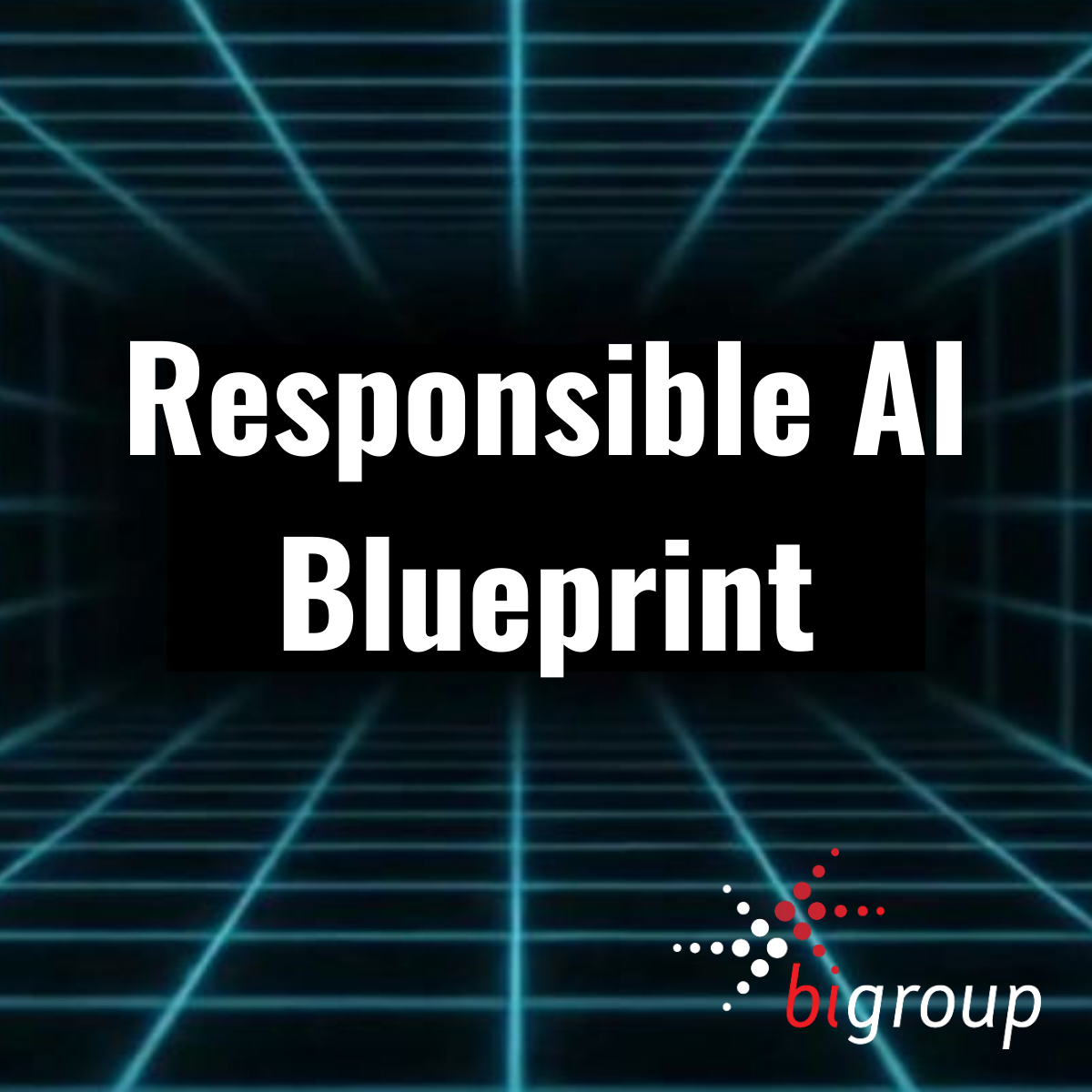There is a quiet crisis unfolding in boardrooms and tech teams alike. Artificial intelligence is no longer just a toolkit for improvement, it’s rapidly becoming central to how organisations compete, create value, and interact with the world. Yet, for all its promise, AI’s risks remain widely misunderstood and, too often, left unmanaged. In this moment, responsible AI is no longer optional. It’s essential.
The Blind Spot in AI Ambition
AI is woven through nearly every corner of business and society. Organisations in financial services, retail, healthcare, energy, logistics, and the public sector are deploying smart algorithms for everything from credit scoring and fraud detection to personalised recommendations and rapid diagnostics.
But with every deployment, new risks are introduced, often hidden, sometimes existential. Few leaders feel fully equipped to stay ahead of the risks or changing laws, and those who treat AI governance as a mere technical matter underestimate its impact.
- Unseen risks: It’s easy to imagine that AI malfunctions are rare edge cases, but recent history suggests otherwise. Consider the global retailer forced to publicly apologise and retool its recommendation engine after biased outputs sparked outrage and boycotts. Or the bank exposed in court for discrimination in credit allocations, driven by opaque algorithmic decision-making. These are not isolated incidents; they are a glimpse of what’s to come as AI pervades business decisions.
- Regulatory wake-up calls: Jurisdictions worldwide are stepping up enforcement. The EU AI Act, the world’s first horizontal AI law, introduces fines of up to 6 percent of global turnover for non-compliance. The US, UK, Australia, and APEC economies are following suit with sector-specific rules or mandates for risk management frameworks. Meanwhile, ISO/IEC 42001 and the NIST AI Risk Management Framework have set a global “minimum bar” for assurance, making it clear that informal, ad hoc approaches are outdated and dangerous.
- Reputational minefields: Trusted brands take years to build, and minutes to destroy. The reputational damage from one high-profile AI failure doesn’t just haunt marketing teams; it can tank stock valuations, jeopardise partnerships, and erode executive confidence. Even if legal actions never materialise, the long arc of lost trust is a cost most cannot afford.
The Hidden Cost of Inaction
When leaders choose to delay responsible AI adoption, tangible and hidden costs multiply.
Direct financial costs:
Companies have incurred millions addressing breaches and faults that were preventable with robust controls. In 2025 alone, global fines for AI non-compliance crossed the $2 billion threshold. One APAC insurer spent six months and seven figures investigating a self-learning underwriting tool that introduced bias undetected for a full year, costs far above the expense of getting governance right from the outset.
Operational drag:
Incremental risk assessments and hastily assembled response teams drain resources and morale. Innovation is choked by uncertainty: employees hesitate to push boundaries; leadership is paralysed by unclear legal advice, and projects grind to a halt during protracted internal reviews or regulator interventions.
Lost competitive edge:
Today’s marketplace and capital flows increasingly favour those demonstrating trustworthy practices. Tech procurement teams are asking for proof of responsible AI practices before contracts are signed. Without evidence-based governance, innovative products face rejection or exclusion from global tenders, particularly in regulated sectors.
Case in Point: A Public Sector Perspective
A state authority in Australasia found itself in crisis after biased allocation in an AI-driven welfare system was uncovered by investigative journalists. The subsequent public inquiry didn’t just cost the authority millions in legal costs and compensation, but led to executive resignations, operational halts, and the rapid introduction of new oversight structures. The lack of a robust, pre-existing AI governance framework turned a technology hiccup into an existential threat.
The Risk Is Real, And Rising
AI incidents aren’t theoretical; they are happening daily:
- A leading healthcare system rolled out a diagnostic tool, only to retract it after discovering demographic blind spots skewed accuracy and denied essential care to vulnerable patients. The result: regulatory action, lost trust, and a public apology.
- A multinational bank’s facial recognition-powered onboarding system was found to underperform for ethnic minorities. Consumer advocates and regulatory authorities demanded changes, and product rollout was stalled internationally.
- A Silicon Valley tech giant’s CV screening platform was found amplifying gender bias, leading to lawsuits and a worldwide freeze on its hiring technology.
These scenarios reflect evolving public attitudes as well. The margin for error in “ethical AI” is shrinking, setting new expectations for transparency, fairness, and control.
The Flaw with Conventional Governance
Even well-resourced companies trip up by trusting old methods: spreadsheets, after-the-fact audits, periodic workshops. None of these provide real-time detection or proactive assurance. Many frameworks fail in practice because:
- Responsibility is diffuse: Technical and ethical mandates are split across legal, IT, HR, exec, and operational teams, with no unifying workflow.
- Policy gets lost in translation: Principles aren’t operationalised. Developers are left to “figure it out,” and audits highlight gaps after deployment.
- Documentation is burdensome: Proving compliance becomes an exercise in document chasing, rather than systematic, ongoing evidence gathering.
Even with world-class consultants, the process is slow, expensive, and still rife with duplication. Every review is a new project, every audit a scramble. That’s hours, and often days or weeks, your team could be building, rather than justifying or firefighting. In today’s world, nobody can afford to solve the same compliance problem over and over. You need time back, and clarity up front.
The Responsible AI Blueprint: Bridging Hope and Assurance
This is where the Responsible AI Blueprint (RAI Blueprint) is transformative. BI Group set out to close the gap between legal necessity, ethical ambition, and practical action.
What Makes the RAI Blueprint Different?
This is where digital transformation really matters. The RAI Blueprint gives you the depth and consistency of a principal consultant, without the wait, the legacy paperwork, or the eye-watering invoice.
1. End-to-end assurance at every layer
From board to engineer, the RAI Blueprint weaves together decision rights, policies, risk controls, and evidence generation, ensuring that responsibility is present from idea creation to post-deployment monitoring. Everyone knows what they are answerable for, and how to deliver.
2. Unifying risk, compliance, and innovation
No more silos. The platform provides a single solution for identifying risks, managing controls, documenting compliance, and tracking improvement. Customisable dashboards help leaders see where blind spots lurk, and translation layers help developers make governance real in code, data, and process.
3. A living bridge to evolving laws
One of the Blueprint’s most powerful features is its ongoing regulatory intelligence engine. This means changes to global standards (ISO/IEC 42001, NIST, GDPR, EU AI Act) are reflected in your governance workflows and risk registers in near real time, reducing the lag between policy and practice.
4. Powered by Agentic AI: Your Intelligent Co-Governor
At its heart, the RAI Blueprint leverages Agentic AI, autonomous, context-aware agents that act as an extension of your compliance and technology team.
- Proactive regulatory monitoring: Agents continually scan for changes in AI laws, alerting teams, recommending updates, and even drafting initial compliance briefs.
- Gap diagnosis: The platform reviews your policies, processes, and technical controls against emerging standards, surfacing specific gaps and suggesting practical remedies.
- Guided evidence building: Need to prepare for an audit or answer a regulator’s request? The agents walk you step by step through assembling the right evidence, generating templates and auto-filling from integrated systems where possible.
- Scenario simulation: Users can run “what if” analyses, testing potential deployments or changes under various regulatory, ethical, or PR scenarios.
A Real-World Example: Global Bank
A top-tier global bank adopted the Blueprint in 2025 as it prepared for the EU AI Act rollout. By activating Agentic AI features, the bank was able to review all model artefacts, surface risky hot spots, and generate compliance documentation for over 200 models in two weeks, a process that previously consumed months. Their risk committee is now able to receive real-time updates on regulation and automated reports before each meeting, transforming oversight from reactive to strategic.
5. Hands-on, role-specific value
Every user, whether a board member, CISO, policy owner, legal counsel, compliance lead, operations manager, or developer, receives workflows and dashboards that are precisely mapped to their unique responsibilities. The RAI Blueprint cuts through jargon and ambiguity, transforming high-level governance into clear, actionable tasks for each role across the organisation.
Risk vs. Reward: What’s at Stake in 2025 and Beyond
Neglecting responsible AI is now a calculated gamble with ever-rising odds. The downside includes:
- Fines and sanctions: Regulatory fines are rising sharply, and future legislation will likely carry criminal liability.
- Lawsuits and recall costs: The legal fallout from flawed models can cripple budgets and reputations.
- Lost deals and reputation: Buyers, investors, and strategic partners increasingly require evidence of robust governance.
However, organisations committed to best practice in AI governance are earning their rewards:
- Preferential access to new markets and public-private partnerships
- Enhanced customer trust, loyalty, and market share
- Greater appeal to top-tier talent and digital innovators
- Consistent ability to innovate with confidence, knowing the risk is managed
Responsible AI: A Competitive Imperative
Responsible AI is more than compliance. It is a signal to customers, investors, and employees that you are serious about building a trustworthy organisation, one where ambition is matched with accountability.
The RAI Blueprint provides the practical, intelligent backbone for this new standard in leadership. It brings together the right people, processes, and technology so you can lead with confidence, not just when the regulator calls, but every day.
Our team built this because we’ve sat on both sides, guiding Fortune 500s with $500k consulting contracts, and building hands-on tools for rapid results. Now you can get the results, the best practice, and the confidence, all in one place. No more compromise.
Are You Ready to Act?
In an era where inaction itself is a risk, there is real advantage in leading, not following, on responsible AI.
If you are ready to move beyond compliance theatre and build real assurance into how your organisation approaches AI, the Responsible AI Blueprint is ready for you.
Contact BI Group or explore the Responsible AI Blueprint in detail on our website today. Let’s make responsible AI a source of advantage, not anxiety.

